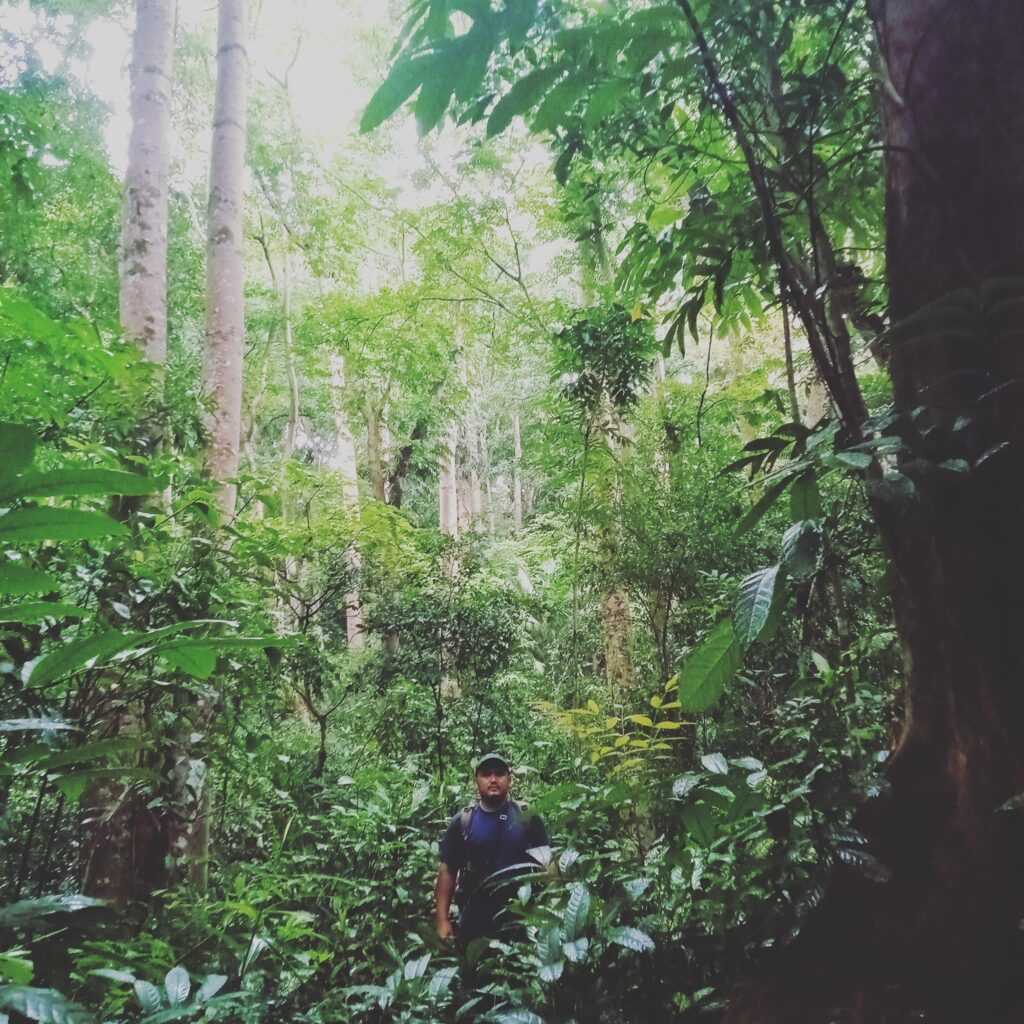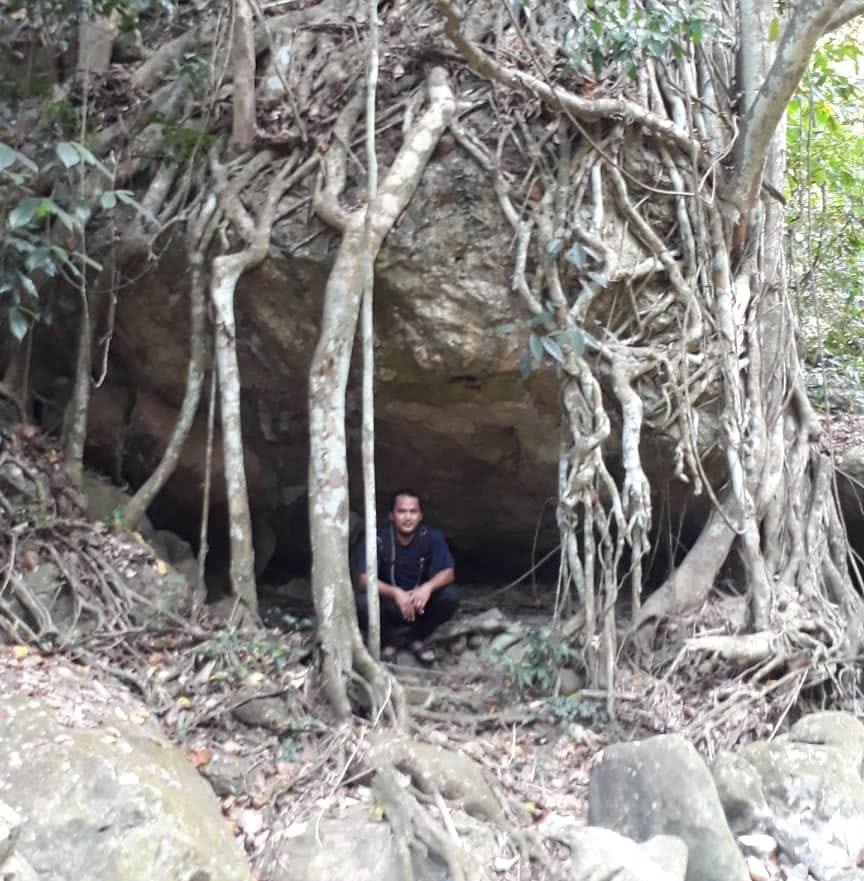That is the big question. And honestly speaking that question begs for for a lot of different answers. There is no definite response to a person getting lost but rather I can provide you with a list of steps or recommendations that I think will at least prevent yourself from going in to full panic mode and take the fight and flight response which has a far more dangerous outcome.
Here goes my “straight to the point” instructions:
1. Man up and admit to yourself that you are lost, accept the fact that you really lost track of your path and you have nowhere else to go from your last point of location.

2. Relax and NEVER PANIC! Don’t go immediately into a fight and flight response, that is exactly the reason why most people get into trouble is when they start making bad decissions by panicking and not thinking enough about their next move.

3. Establish yourself, keep calm and make use of anything valuable that you have on your person. Like your phone, you can try and look for cellular signal and if possible call for help immeidately or try contacting your colleagues while staying at your current location.

4. Take note of your last known location, take records of your surrounding and possible landmarks. And from here you can establish a “Waypoint marker”. A waypoint is a reference point that helps us know where we are and where we’re going. Any bright object that you have with you (could be a clothing, bandana, fly sheet or even a bright colored socks or underwear), use it as a waypoint marker and place it on a visible and high point where you can still see it even from afar. And from that marker, you can start to scout around the area. Do a circular recon and look for your possible recovery path while maintaining visibility on that waypoint marker. If ever your recon turns out to be negative, then you can still go back to your last known location (LKL). Stay there until help arrives.


5. Lastly, this is where outdoor preparedness comes into play. If you have prepared all necessary and essential equipment to sustain you more than the intended duration of your trip prior to your activity then you are lucky. From your last known location (LKL) you find yourself a good shelter location, start pitching a tent or tarp before sundown and MAKE YOURSELF AT HOME. Boil water, do some cooking, or do any activity that will help you stay calm and stay SANE until help arrives. One rule of thumb in survival is to prioritise self-aid, or take care of the things that could potentially harm you first. It coud be the elements of a bad weahter, dehydration, or hunger. As long as you are able to address these things, then you can start to think about other things with confidence and a positive mental state.

Because when you are in a positive mental state, you can start planning about your next move, you can establish another waypoint marker (try scouting for a farther location), create a signal fire/smoke, safely climb over tree canopies or any high point that will enable you to see the land features, and maybe identifying your general cardinal location and start hiking your way to a destination which you believe will take you to safety.
Please keep in mind that this is just my take on “lost-proofing” and how I address the issue with getting lost in the wild using the type of trainings I’ve had over the years and what I find to be most effective. There are plenty of guidelines out there on these topics and they could even be better than mine. S try to keep and open mind and learn to identify to yourself which information should you keep and which you shouldn’t. After all I’m just an ordinary guy who advocates outdoor safety and preparedness… so you and I can have a much more safer and enjoyable time spent outside.
Article by RP Outdoors & Bushcraft
